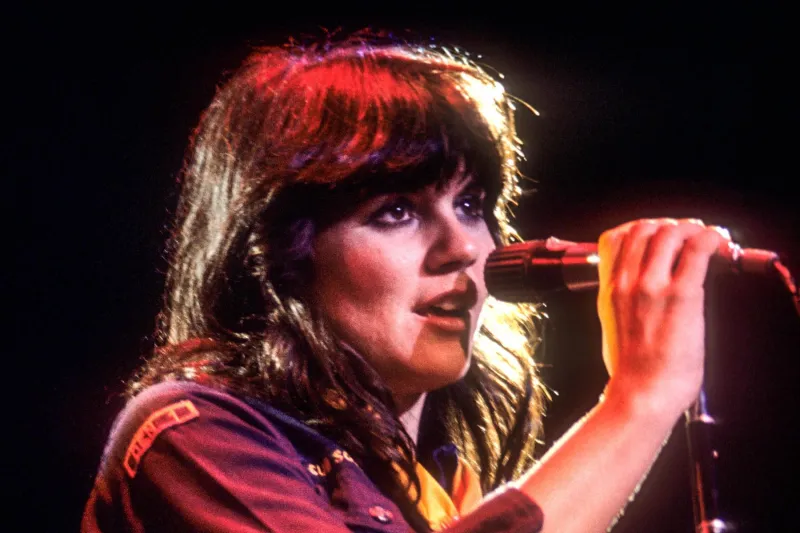
A Voice Reclaims Rock ’n’ Roll with Grace and Grit
When Linda Ronstadt released her rendition of “That’ll Be the Day” in 1976 as part of her Grammy-winning album Hasten Down the Wind, she was already well on her way to becoming the definitive female voice of 1970s American rock. The song, originally a 1957 rockabilly anthem by Buddy Holly and the Crickets, had long been enshrined in the canon of early rock ’n’ roll. But under Ronstadt’s spellbinding interpretation, it transcended its roots to become something richer, more mature—a reclamation rather than just a revival. Though her version wasn’t released as a single in the U.S. and thus didn’t chart independently, its presence on an album that reached No. 3 on the Billboard 200 speaks volumes about its resonance with listeners who were coming to understand Ronstadt not merely as a great singer, but as a curator of rock’s emotional history.
To approach “That’ll Be the Day” through Ronstadt’s lens is to recognize how interpretation itself can be an act of authorship. Buddy Holly’s original was buoyant and swaggering, propelled by youthful bravado and jangling guitars. In contrast, Ronstadt’s version strips away the teenage cockiness and replaces it with a woman’s knowing defiance. Her voice—unyielding yet vulnerable—imbues the familiar refrain with layers of emotional contradiction: heartbreak wrapped in steel, resolve cloaked in ache. By shifting the song’s gendered gaze, she doesn’t simply cover Holly; she converses with him across time.
Musically, her take is rooted in the country-rock aesthetic that she helped define throughout the decade. Produced by Peter Asher, Hasten Down the Wind was an album that leaned into introspection and subtlety, showcasing Ronstadt’s growing willingness to explore adult emotional terrain. Backed by a band of top-tier session players—including members from her road ensemble and elite Los Angeles studio musicians—her arrangement of “That’ll Be the Day” trades in Holly’s peppy rhythm for something slower, more deliberate. The twang of electric guitar is tempered by warm harmonies and brushed drums, creating a sonic palette that feels grounded in both nostalgia and evolution.
But it is Ronstadt’s vocal performance that ultimately redefines the track. She sings not from the giddy flush of first love, but from the vantage point of someone who has seen love falter, who recognizes empty promises for what they are. When she belts “That’ll be the day when I die,” it no longer sounds like a teenager’s sarcastic retort—it becomes an anthem of self-preservation masked as irony.
In choosing to revisit this cornerstone of rock history, Ronstadt stakes her claim not only as an interpreter but as a transformer of musical memory. She pays homage without capitulation, bending history toward new emotional truths. Her version reminds us that songs are not static relics; they are living texts—capable of bearing new burdens and new meanings depending on whose voice tells their story.
And in that sense, “That’ll Be the Day” is not just Linda Ronstadt echoing Buddy Holly—it is Linda Ronstadt reclaiming rock ’n’ roll as a space for feminine strength and narrative complexity.